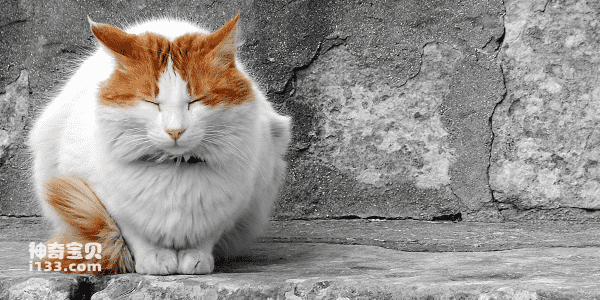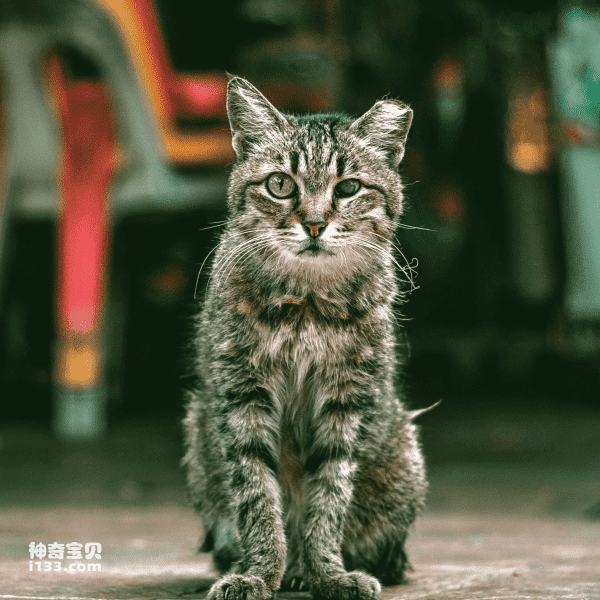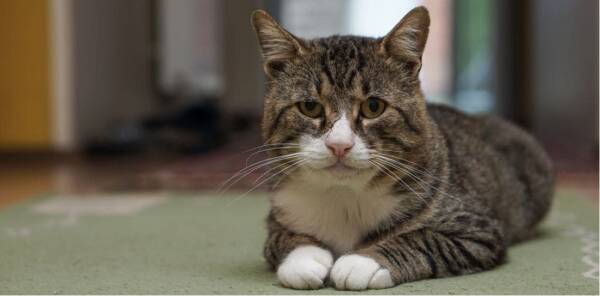You can tell whether a cat is old by observing its appearance, behavior, and health. Here are some common indicators of older cats:

1. Appearance: Older cats often display age-related physical characteristics. These characteristics may include:
- Color changes: The coat may become grayer or more spotted.
- Hair quality: Hair may become thinning, dry, or skin problems such as folliculitis may be more common.
- Eyes: Older cats’ eyes may become cloudy or have a faded color.
- Facial expression: Older cats may have wrinkled, droopy features on their faces, especially at the corners of their mouths and around their eyes.
-Teeth: Older cats may have problems such as worn, missing teeth, or gum disease.

2. Behavior: There may be some changes in the behavior of older cats, such as:
- Decreased exercise: Older cats may have reduced activity levels and become more sluggish.
- Increased sleep: Older cats may sleep more and prefer warm, cozy places.
- Adaptation to changes in the surrounding environment: Older cats may have more difficulty adapting to new environments, people, or other animals.

3. Health conditions: Older cats may face some age-related health problems, such as:
- Arthritis: Older cats may have symptoms such as inflexibility, difficulty jumping, or unsteady gait.
-Exhibit weight changes: Older cats may gain or lose weight, especially loss of muscle tissue and accumulation of fat.
- Decreased organ function: Older cats may show signs of decreased organ function such as the heart, kidneys, or liver.
It should be noted that these characteristics and changes are not completely accurate in determining whether a cat is an old cat, because each cat ages and behaves differently. The most reliable method is regular veterinary checkups, where your veterinarian can assess your cat's overall health and age through physical examinations and necessary tests.
animal tags:
We created this article in conjunction with AI technology, then made sure it was fact-checked and edited by a Animals Top editor.